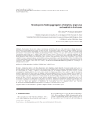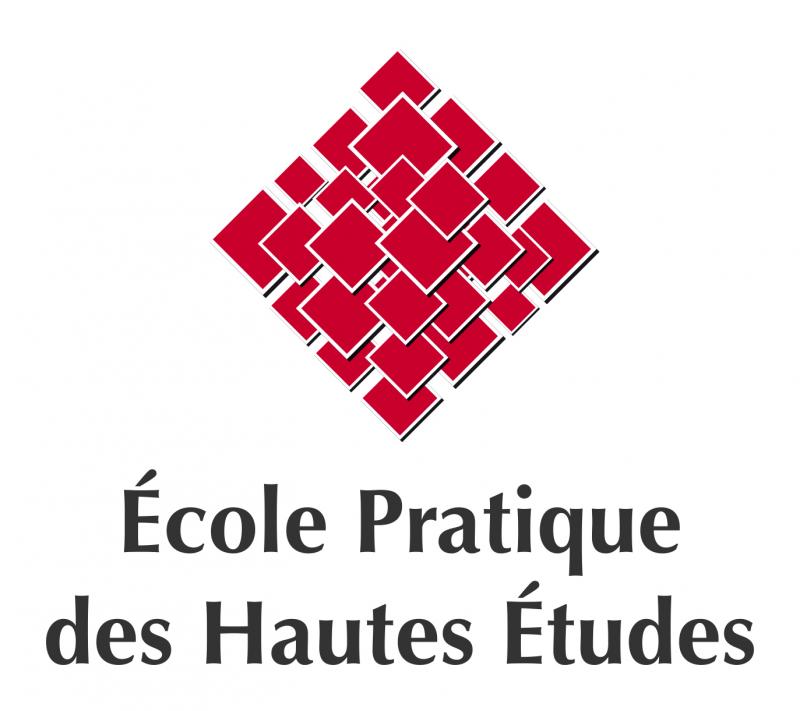Each summer the presence of large concentrations of bait fish in the area of the central Azores Islands gives rise to mixed-species feeding aggregations usually at dawn and dusk. The encircling of prey initiated by common dolphins (Delphinus delphis), often mixed with spotted dolphins (Stenella frontalis), results in the formation of a compact ‘ball’ of several thousands prey fish close to the surface. Other dolphins, in particular the bottlenose (Tursiops truncatus), also eat the prey fish, whose high concentration makes them easy to capture. Large tunas (Thunnus thynnus, Thunnus albacares) sometimes participate in the phenomenon. Seabirds (mainly cory’s sheawaters, Calonectris diomedea borealis) are always present throughout the few minutes during which the entire collective food hunt takes place. A model of the phenomenon, based on 15 observations, is proposed. It comprises 4 stages: a preparation phase, an intensification phase, a mature phase, and a dispersion phase. These observations allow a better understanding of the tuna-dolphin aggregation process. They show that it is the tunas that generate and beneficiate from the aggregation with dolphins, rather than the contrary.
Liste




 English
English